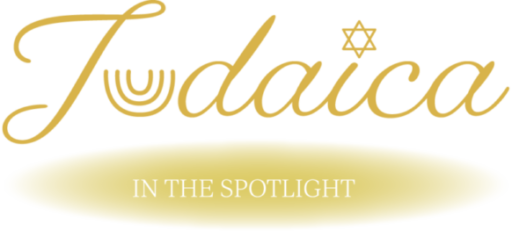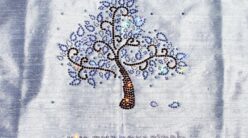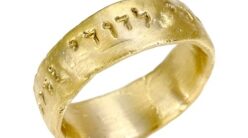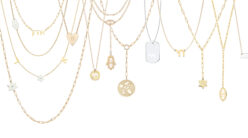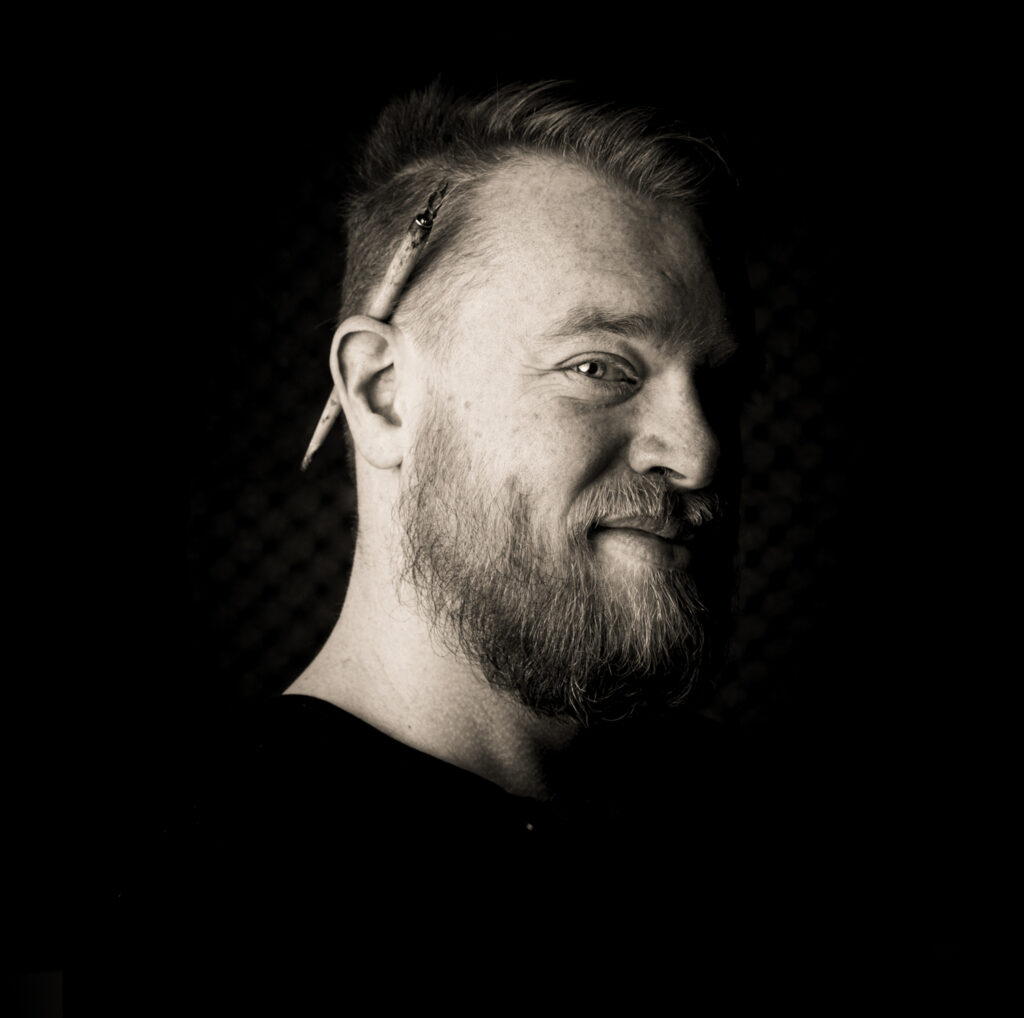
Gabriel was raised in Jerusalem and currently lives in Berlin. He remembers being fascinated by letters even before he could read them. On his mother’s wall in Jerusalem, there’s a photo of him, hardly 2 years old, “writing” on her typewriter.
Since then he studied Latin calligraphy in Munich and Hebrew calligraphy in Jerusalem. His search for inspiration, led him to live in Rotterdam and in Buenos Aires, each for a number of years.
He says “[…] to me, calligraphy is one of the last resorts of entirely handmade graphic art in an almost fully digitalized world. […] I feel I have truly worked when I see black stains on my fingers.”
Tell us a little bit about yourself and your background.
I’m Gabriel. I was born in Dachau and grew up in Jerusalem. Over the last decade, I have lived in Rotterdam, Buenos Aires and now Berlin, exploring some of the largest and most interesting Jewish communities worldwide. For the last 15 years, I create Hebrew calligraphy tattoos. Obviously, most of my clients are Jews, so you could say I draw tattoos for Jews.
What inspired you to become an artist?
Who knows? I started with calligraphy when I was 5. I’m drawing letters since then. My mom claims my first inspiration was posters from the 3rd Reich we saw in an exhibition in Munich. But who knows if that story is true.
What is your specialty?
Hebrew calligraphy. Especially Hebrew calligraphy for tattoos.
How and where do you work?
I work in my studio in Berlin. But I have worked in a studio in Buenos Aires, a hotel room in Santiago de Chile, an Airbnb in Montevideo, Uruguay, in the Old City in Jerusalem, on the roof of the MoMA and probably a few dozen other places. Inspiration often hits in the most inconvenient places and times.
What is the most indispensable item in your studio?
My laptop and phone. My whole artistic process is analog. Ink on paper or oil on canvas. But my inspiration is the stories of my clients. Almost all of my work is bespoke, and in the vast majority of cases, people don’t come with an artistic idea. They come with a story, a need, a feeling. I give it form. So the tools of communication, my laptop and phone is where it all starts. Every single time.
Where do you take your inspiration? Are you pursuing any themes?
My inspiration is my clients’ stories. But more generally speaking, it’s Jewish identity and the possibilities of a secular Jewish identity in our times. The exploration of that topic inevitably includes Biblical stories and biblical context, Talmudic wisdom, a lot of focus on Hebrew as a language and an open-minded confrontation with different narratives regarding Jewish history. But it all comes down, time and again, to an individual Jew, asking me to represent their individual story in an individual calligraphy tattoo.
What projects are you currently working on?
I just started creating a large scale calligraphy sculpture to be hung on the new building of the Jewish museum in Tulsa. And I continuously paint. But the largest project is Hebrew Tattoos. That’s what I most deeply care about.
What is your favourite item in your current collection?
One of my favorite items is Genesis, a recapitulation of the moment of creation, paraphrasing Michelangelo’s capella sistina. I chose it for its emblematic hands, replacing the flesh and skin with letters. That abstraction is, I feel, one of the most important things Judaism and Jewish thought can offer us: the abstraction of the divine, and hence the abstraction of reality.
What was the first artwork you ever sold?
Can’t remember.
Which project have you enjoyed working on the most so far?
Hebrew Tattoos as a whole, an idea, an ongoing project.
What do you want to achieve with your work and what are your wishes for the future?
Jewish visibility is a huge issue for me. A few generations ago, we were all recognizable by our Kippahs and Shtreimels, and at times by our yellow badges. We lived mainly in our communities. Most of us didn’t struggle with questions of identity and those who did, did so because they tried to assimilate.
In today’s individualist world, collective identity, in fact, identity in general, is something most of us have to actively pursue. Marking myself as a Jew is an almost inevitable first step in that direction. A tattoo is just one way. One attempt. But it’s an attempt, nonetheless.
Where can we find your work?
IG: @hebrew_tattoos
FB: @hebrew.tats
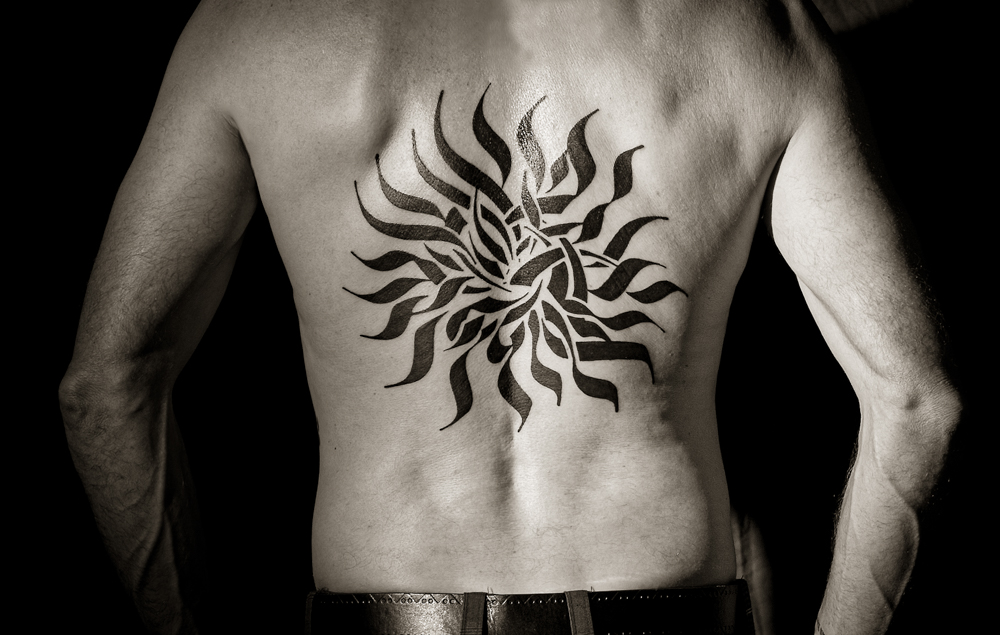
© Gabriel Wolff 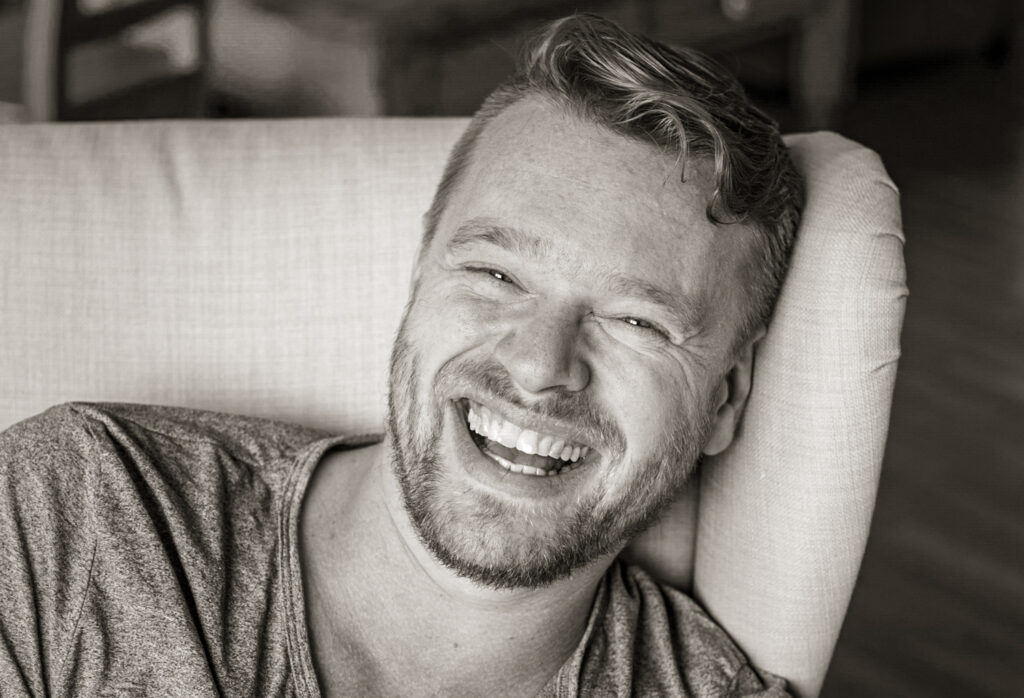
© Gabriel Wolff 
© Gabriel Wolff 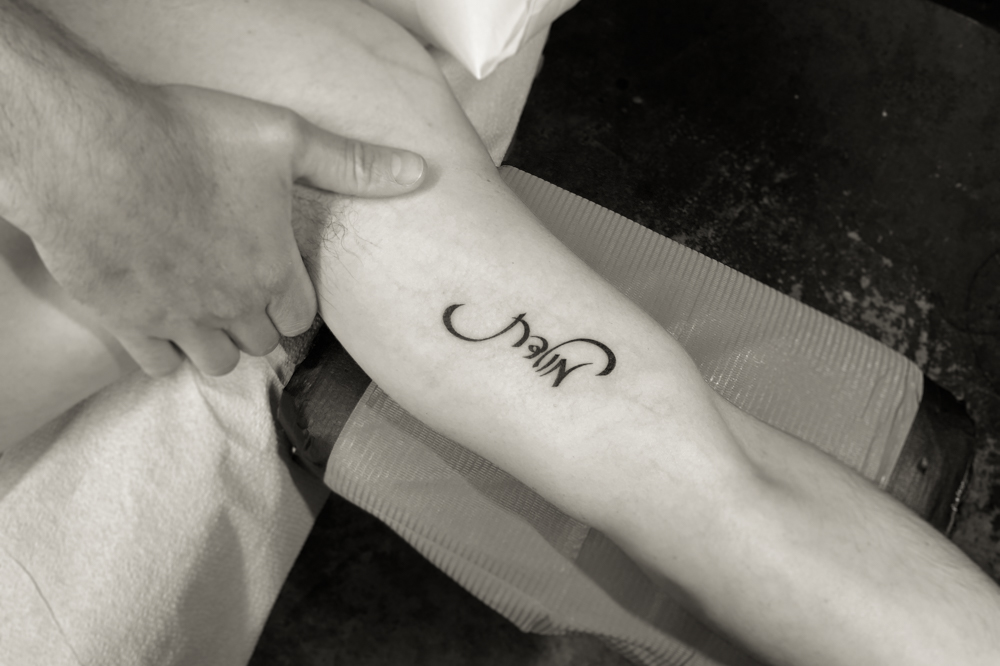
© Gabriel Wolff 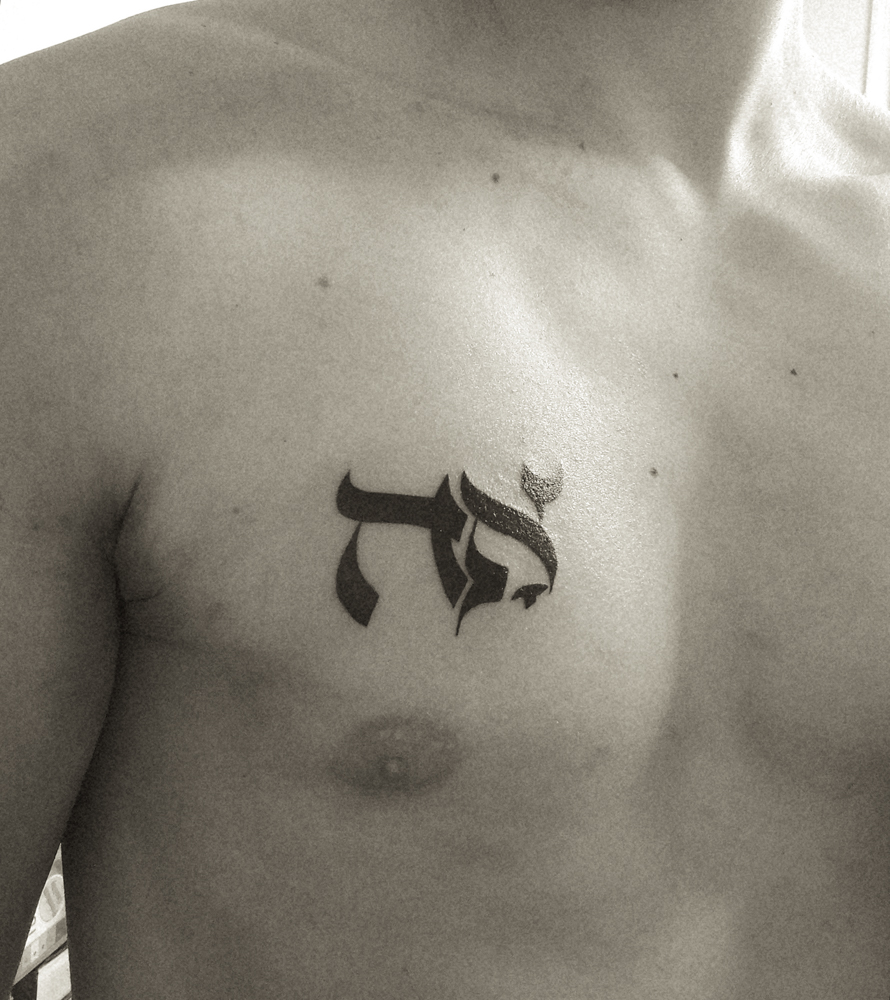
© Gabriel Wolff 
© Gabriel Wolff 
© Gabriel Wolff 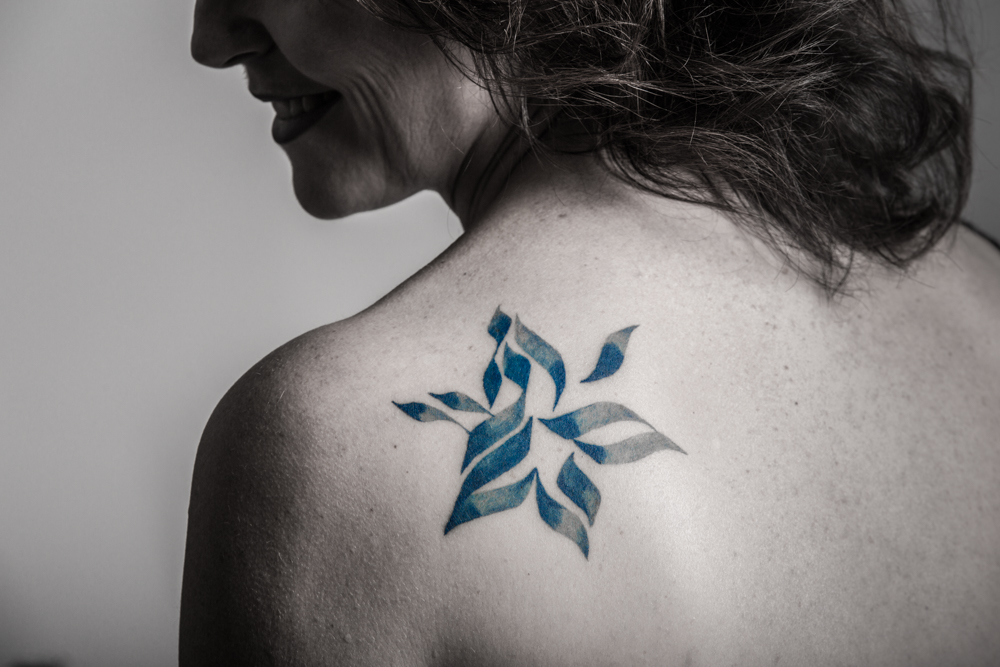
© Gabriel Wolff
